In the world of technology, the motto appears to be “out with the old and in with the new.” New innovations keep coming, making our world more interesting and complicated to adapt to. The following technology explains its predecessors, and what vintage tech they replaced.
1. Polaroid cameras
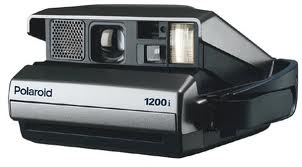
That gratifying feeling of developing your images instantly, and anticipating the appearance of the images you’ve captured on a neat little square. We all know how much we loved our Polaroid cameras. Polaroid stopped manufacturing the film in 2008 and digital cameras have been around since 1995.
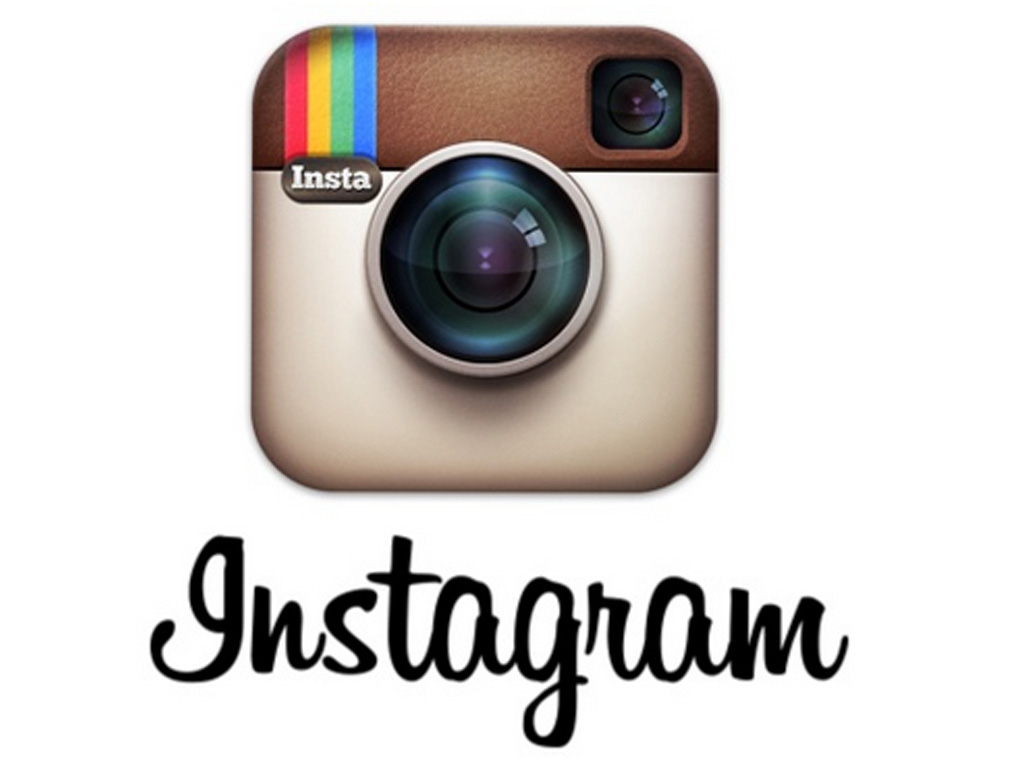
Then along came Instagram, making snapping instant photos much more convenient, creating an entire network of amateur photographers across the globe. As awesome as Instagram is, I still prefer my vintage Polaroid photos circa 1997 to the digital alternative.
2. Typewriters

The existence of typewriters dates back to 1714, as described by Brit Henry Mill “an artificial machine or method for the impressing or transcribing of letters singly or progressively one after another” when he filed a patent for the description of the device. The typewriter was every writer’s dream.
The concept of having a device to type on was well received by the public, spurring the first electrical and digital programmable computers, the Turing Machine (considered to be the first “modern” computer), and computers that could successfully store data and perform functions. It’s incredible how early computer models could fill up an entire room, and now, smart devices can fit in your pocket.
3. Gameboy Color
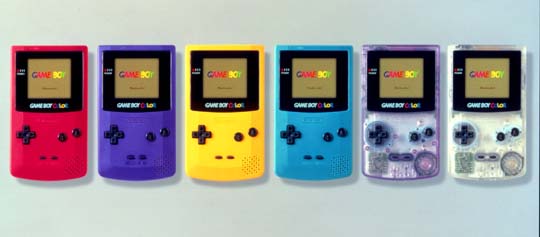
I was one of the first people I knew to have a Gameboy Color in 1997. I was completely overjoyed to have a portable gaming device in color that I could throw in my backpack and play anywhere. My grandfather waited on line for me to score one of those first highly coveted gaming system; he insisted, “you must have a Gameboy Color, because portable devices like this one will be the way of the future.” And for sure, his prediction was correct! Gameboys were early gateway portable devices to the digital world of technology for kids who grew up in the 1990s. They allowed kids to become acquainted with technical devices from an early age.
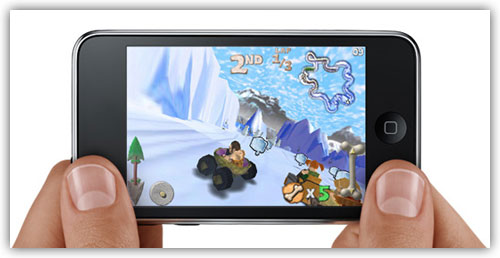
Image via Apple
If you took a look at children’s’ holiday wish lists in our modern era, nearly every one would include a portable Apple device like an iPod Touch or an iPad. People can access almost every game they desire by downloading apps, or accessing content on the Internet.
4. Nintendo 64
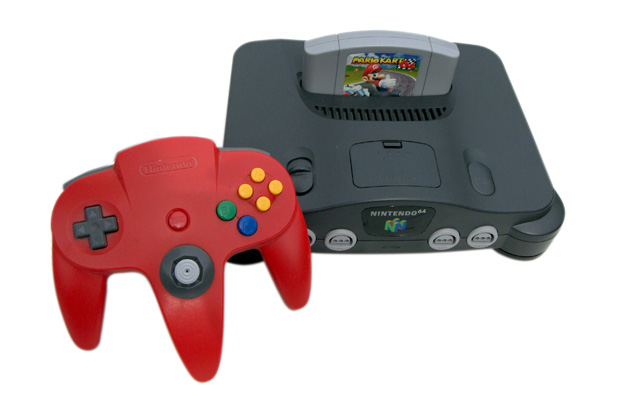
Does Super Smash Bros. sound familiar, selecting your favorite Nintendo characters for action-packed rounds of battle? Nintendo 64 epitomizes old-school gaming to our modern era.
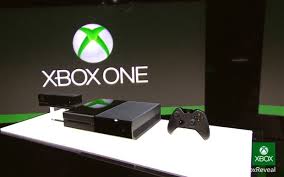
Devices that have surpassed the capabilities of the Nintendo 64 are the Playstation 4 and Microsoft Kinect. The Xbox One even has vocal commands, and multitasking capabilities that were only dreamed about in 1997 when the N64 dropped. With these newer gaming consoles, users can even surf the web.
5. VHS Cassette
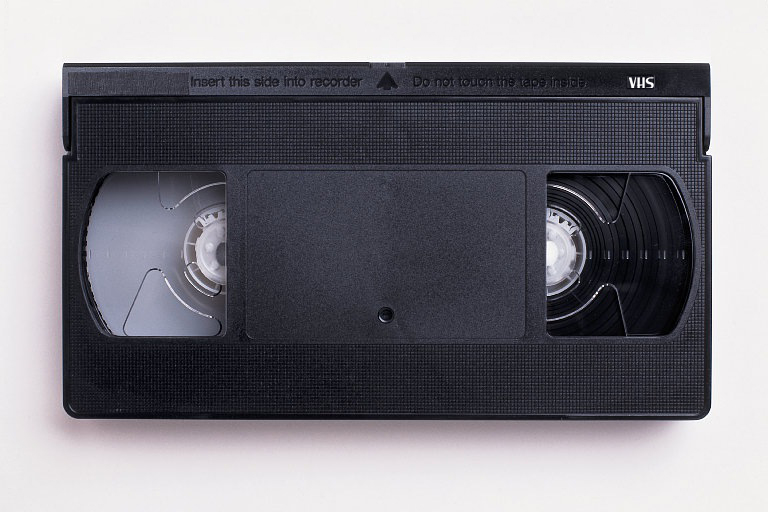
VHS tapes started phasing out in 1996 when DVDs were invented. VCRs were a staple in every household for watching VHS recorded content. When DVDs appeared in the market, they were considered to be the latest technological advancement.
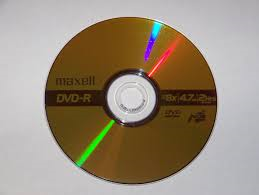
Each DVD sector contains 2,418 bytes of data, where 2,048 bytes of that data is inputted by the user. A disc has a 10.5-nm laser reading mechanism. Recordable DVDs had the writing mechanism of 10.5 Mbits/s, where users could record onto blank discs or overwrite previously recorded material. Now, even DVDs are marginally obsolete because of Internet streaming services like Youtube and Netflix.
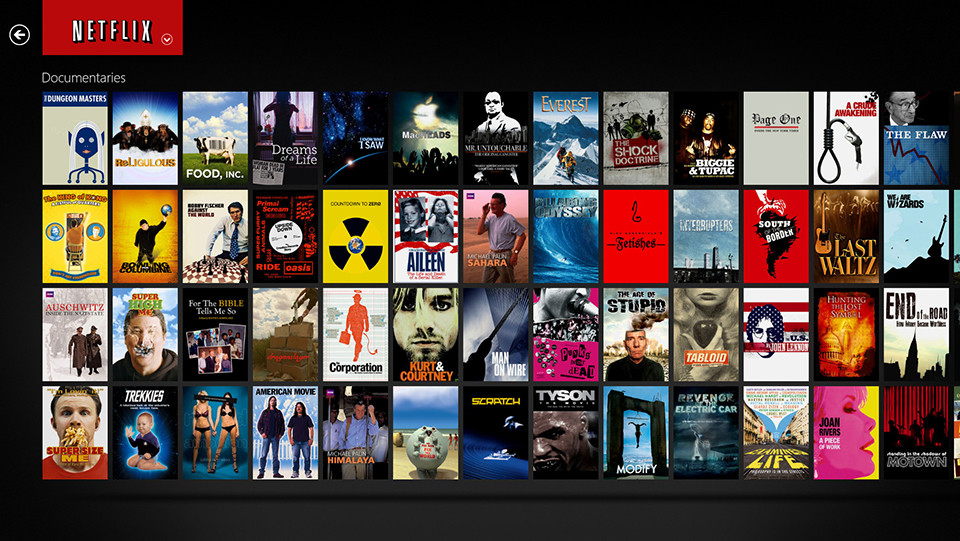
Instead of renting from Blockbuster or purchasing the DVD, you can watch or listen to the digital form of practically every movie or TV show ever. The sales in the DVD industry have fallen from $10 billion to $4 billion since the start of Netflix. Some computers don’t even contain CD drives anymore.
6. Portable CD Player/ Walkman
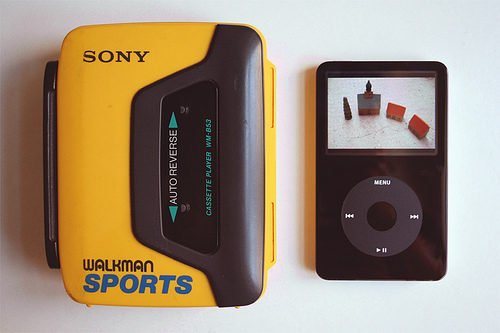
Image via wiretotheear.com
In 1979, Sony’s Walkman reached the market as the first portable music device with dual capabilities of playing the radio and cassettes. Walkman released a CD player version in 2006, to jibe with the technological changes. In 2010, Walkman ceased production of further products. With iPods and phones that stream media, you don’t have to carry cumbersome CDs or cassette tapes wherever you go.
7. Telegrams
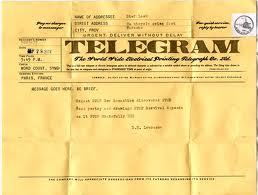
Electrical Telegraphs sent electrical signals across conductive wires, as patented in 1750 by Benjamin Franklin. This means of communication was developed to enable the transmission of messages without an actual physical exchange. Telegraphic communication was a predecessor to e-mail.
8. Physical Maps

With GPS systems, maps no more. Perhaps schools don’t even teach mapping skills anymore due to GPS technology. From Mapquest to Google Maps, the concept of typing in your location and receiving directions to your destination is brilliant. Even better is when your phone uses location services to help you find your way.
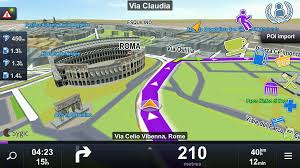
9. MTV music videos
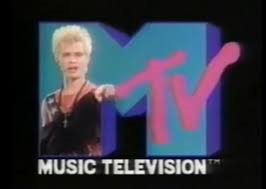
Why watch a video countdown when you can just search the video you’re looking for with the click of a button on Youtube.

10. Landline phone service

In between landlines and cell phones were pay phones, cordless home phones, and beepers.
11. Casio’s Infraceptor watch
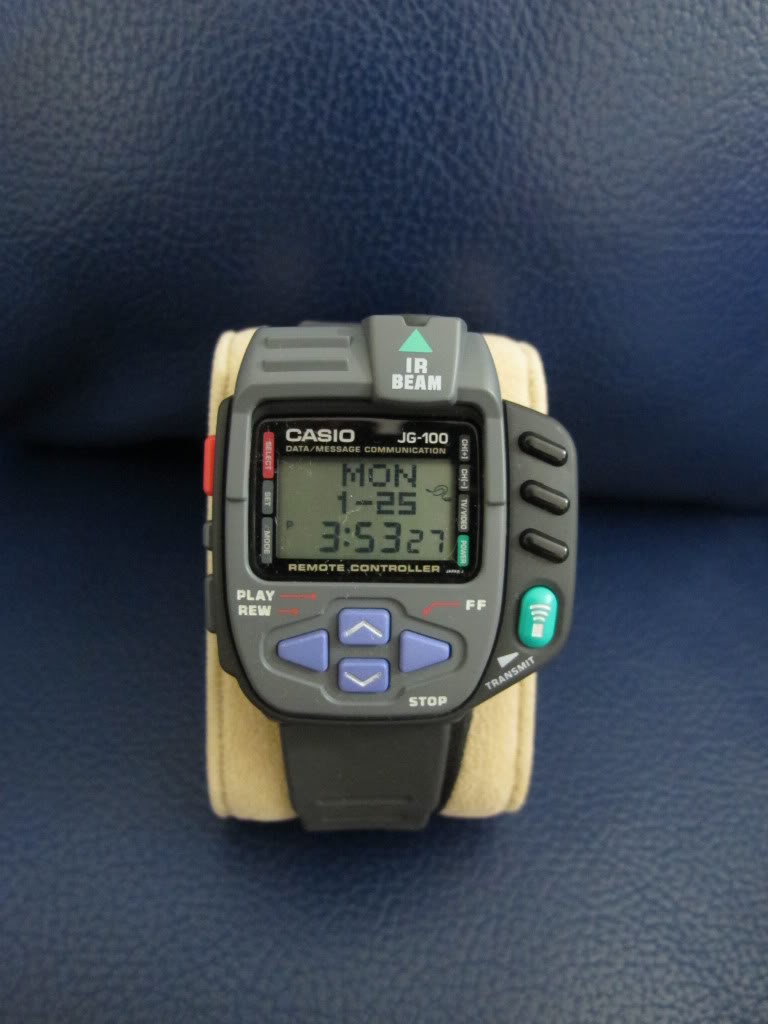
Casio’s Infraceptor watch was smart watch of sorts. It served as a phone book, infrared message sender, gaming device, and stopwatch. The IR beams the watch emitted also allowed users to verse other players in games on the watch. The phone book could store up to ten people’s information. It retailed for $100 in the 1980s.
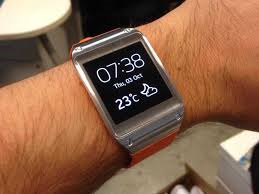
Smart Watches from Pebble, Samsung, and Google are the new editions to the market of smart watches that can sync with your smartphone.
12. Rounded TV screens
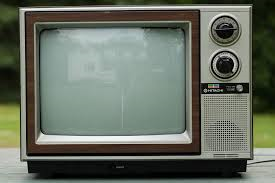
Older TVs operated from photons being fired from a photon gun in the back of the TV, hitting the screen in such a way to produce color pictures. The screens were rounded to provide ample distance from the electron gun (cathode) and the screen. Newer flatscreen models do not use this technology. Philips developed a flatscreen TV model, which sparked further developments like HDTVs, Ultra HDTVs, and 3D TVs.

13. Dial-up internet connection
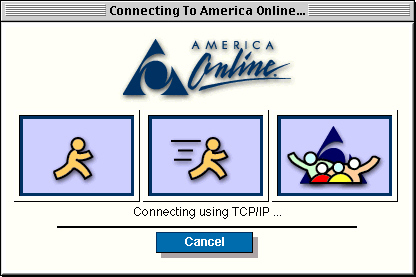
AOL dial-up connection for Internet service took a painfully long time when connecting. Modems with wired connections (such as Ethernet) developed, enabling users to not connect via phone lines. In the 2000s, Wi-Fi started gaining popularity, revolutionizing how people use the web forever.
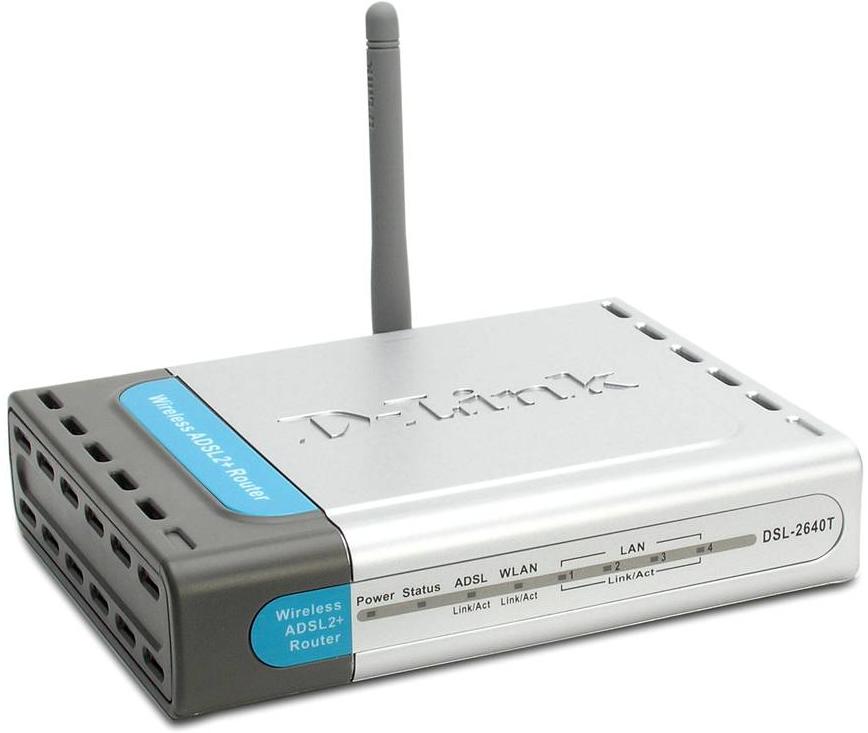
14. Regular vacuuming
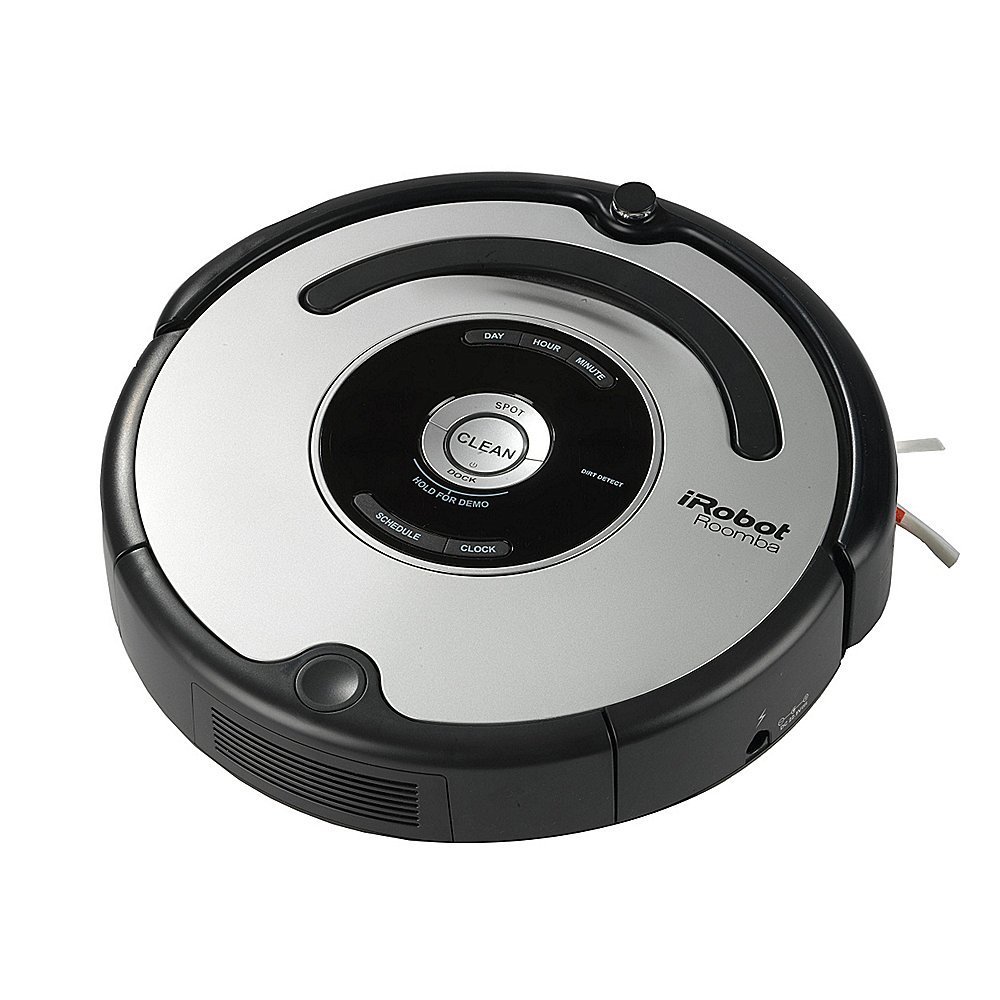
Why manually vacuum when you can have a robot (like the iRobot) do all the dirty work for you?
15. Paper printing
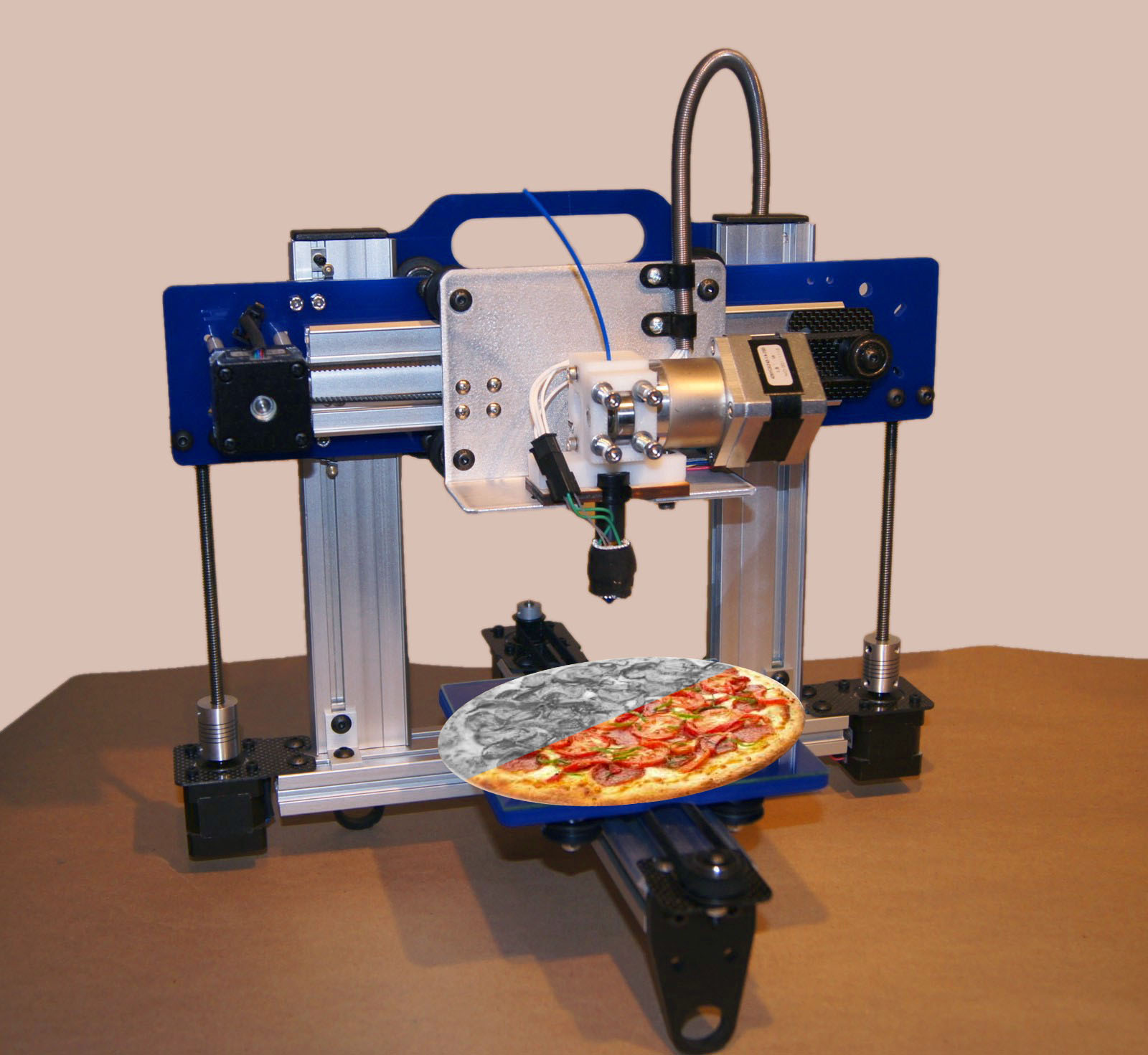
Computer printing was first meant to print on-screen images into a paper form. With 3D printing technology now allowing food and body prosthetics to be made, it is becoming possible to print virtually anything.
16. Board Games
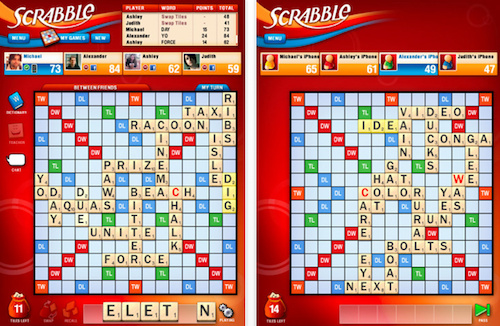
You can virtually play any board game through app versions. Classics like Scrabble, Monopoly, and The Game of Life are downloadable in virtual editions from online app stores.
17. Compression in music

Digital range compression is a feature used by producers and sound engineers to alter how a song sounds. For example, when music is compressed, the softer parts of the song are altered to sound louder, and the louder parts are programmed to sound softer. The song will have an overall louder sound, forfeiting the sound quality for loudness. The main benefit of compressing music is that makes the sound become more uniform across all types of equipment, ranging from little earphones to concert-sized speakers.
18. Cars run by gas
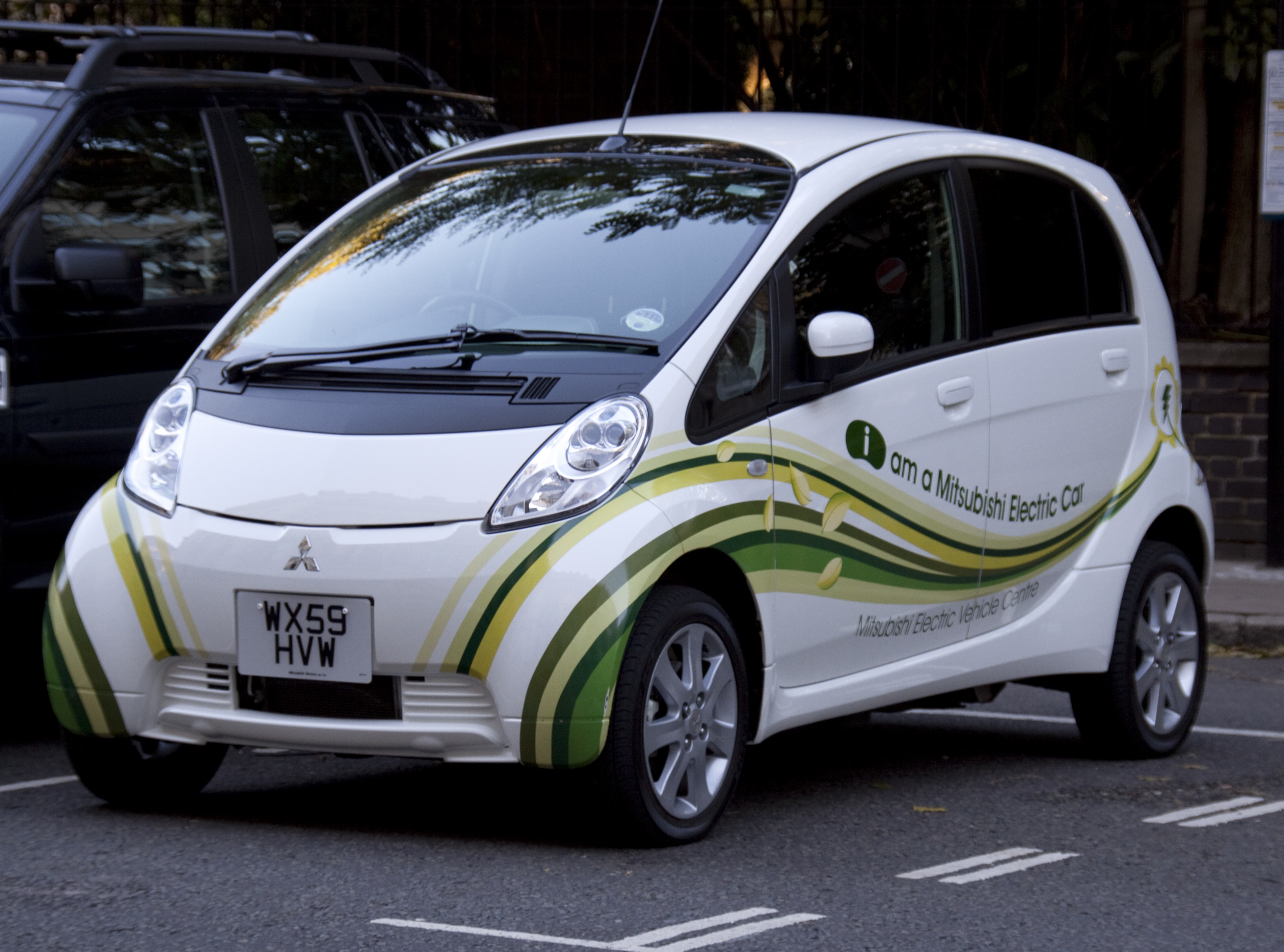
Car technology has made an effort to be environmentally conscious by developing vehicles that use electricity as their power source. To be environmentally efficient, many manufacturers have enabled hybrid technology in their vehicles, allowing cars to run as fully electric or semi-electric. Cars like the 2014 Volt: Hybrid Car from Chevrolet uses both gas and electric sources of power. Cars have become more like computers than automobiles in recent years. Perhaps in the future, oil burning cars will no longer exist.
19. Physical buttons on electronics

Buttons are getting transitioned out of our everyday technological usage. Each newer device relies on graphical user interfaces through touch screen features. Keyboards, control panels, and more are now going the virtual route.
20. Furby

Vintage Furby from the 90s
In theory, the Furby is supposed to be kid-friendly and fun. My Furby used to sing along to the radio, it was absolutely the most terrifying thing ever. It was so bizarre how the Furby knew the lyrics to the songs being played.

Just in case you want to resurrect your ~favorite~ toy, you can purchase the new Furby Boom. With the corresponding Furby app, you can play games, raise virtual Furblings (Furby babies), and win virtual prizes.
Related Articles:
5 ways you can turn your old gadgets into technology of the future
New technology that could equip older vehicles to be self-driving
Here’s how to properly recycle, reuse, and reduce your old tech
Advertisement
Learn more about Electronic Products Magazine





